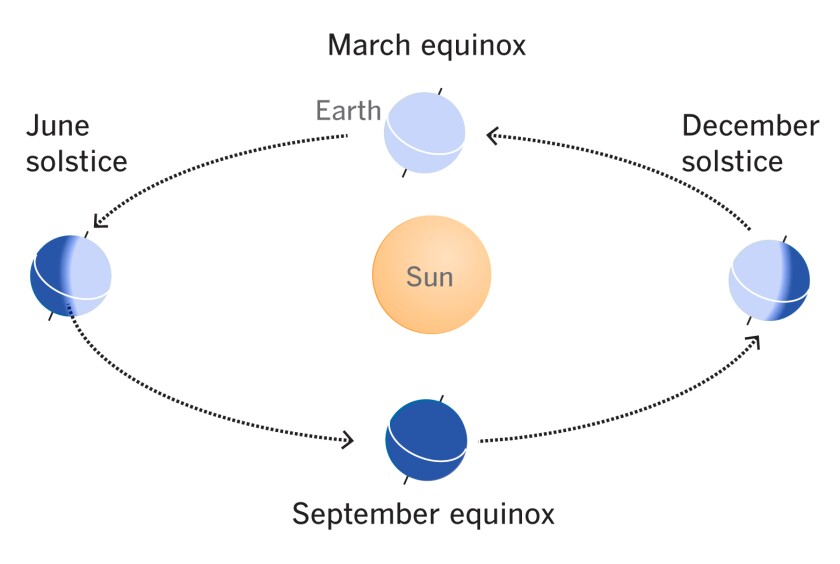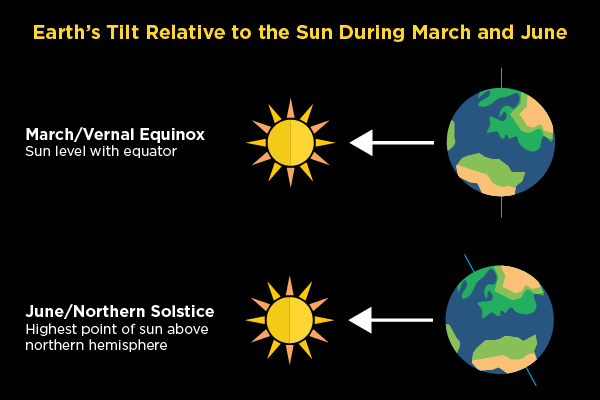
But if you want to be truly egalitarian, opt for saying March equinox and September equinox instead. The autumnal equinox occurs around September 22nd, when the sun crosses the celestial equator going south. In the northern hemisphere, the spring, or vernal equinox happens around March 21, when the sun moves north across the celestial equator. The word equinoxcomes from Latin and means “equality of night and day.” So, the equinox occurs at two specific moments in time when the sun is exactly above the equator (contrary to popular belief, the equinox doesn’t last for 24 hours).

But what exactly is the spring equinox? And does an equinox happen at the start of every season?įirst, let’s get into the equinox, which actually occurs just twice a year. They smoke this sacred tobacco in a ceremony marking the return of longer days.Īnd at Stonehenge's equinox celebrations in England, druids, pagans, and anyone else who wants to join in gather to witness the sunrise over the ancient stones.We get pretty excited about the spring equinox bringing us out of winter and officially starting the season of spring. The Lakota connect the earth with the sky by making tobacco from the red willow tree, which matches the Dried Willow constellation, where the sun rises on the spring equinox. Some cultures continue to celebrate the equinox today, like the Lakota Tribe of the U.S.

( Listen: In this episode of our podcast Overheard, we chat about Nowruz, an ancient Persian holiday marking the new year at the moment of the vernal equinox. From constructed monuments, like pyramids, to stone engravings that acted as calendars, to churches that incorporated the sun into their architecture, civilizations marked the passing of the sun and the seasons with great accuracy. Marking the equinoxĪncient cultures have tracked the equinoxes in different ways over the millennia.
#Equinox meaning plus
How many planets are in the solar system? How did it form in the Milky Way galaxy? Learn facts about the solar system's genesis, plus its planets, moons, and asteroids. As on Earth, equinoxes occur every half-year on Saturn, but that equals 15 years on Earth, making Cassini's photo session a unique event.

In 2009, the Cassini probe in orbit around Saturn captured an equinox on the ringed planet.

That means one half of the planet is still a little more lit than the other, even on an equinox.Įarth isn’t the only planet that experiences equinoxes: Every planet in our solar system has them. The terminator doesn’t perfectly divide the planet into dark and light Earth’s atmosphere bends sunlight by 37 miles (60 kilometers), which equals half a degree. Two times a year, Earth’s orbit and its axial tilt combine so that the sun sits right above Earth’s Equator, casting the dividing line between the light and dark parts of the planet- the so-called terminator, or twilight zone-through the North and South Poles. Our planet normally orbits the sun on an axis that’s tilted 23.5 degrees, meaning that the hemispheres trade off getting more warmth from the sun. Photograph by Donald Slack / Alamy Stock Photo Druids and pagans gather here to celebrate the balance of light and dark on Earth. Stonehenge has long been a popular destination for the equinoxes.


 0 kommentar(er)
0 kommentar(er)
